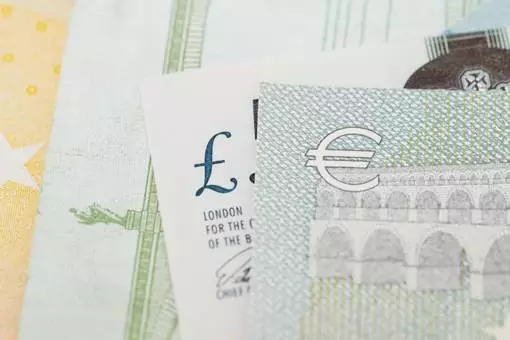10p introductory level for Scottish Rate of Income Tax
- 17th December 2015
- Business & Economy

The new Scottish Rate of Income Tax (SRIT), which marks a major overhaul of the UK tax system, won't actually affect those living in the country when it is introduced next year.
Scottish resident taxpayers will still be paying the same as their counterparts in England, Wales, and Northern Ireland after Scotland’s finance minister John Swinney set the rate at 10 per cent.
S tax code
The changes to the system mean that the Scottish Government has the power to keep a portion of the income tax raised on its citizens via the new PAYE S tax code. The 10 per cent levy will mean that Scottish resident taxpayers will still be paying the same as the rest of UK, at least for the time being.
Even so, the changes will mean more red tape for any business with employees resident in Scotland, no matter where the company headquarters is actually located.
More flexibility
Swinney explained the decision to keep a standard 10p Scottish income tax rate, saying: "I hope that from 2017-18 this Government will have more flexibility to set tax rates – we will set out longer-term plans for Scottish tax plans in March before the dissolution of parliament."
An estimated 2.65m taxpayers lived in Scotland in 2011-12, according to Scottish Government figures. Of those, 11.1 per cent were higher rate taxpayers, and an estimated 11,000 currently pay the 45p rate of tax.
Other News
What Role Does Motivation Play in Managing an Organisation?
What role does motivation play in managing an organisation? Motivation is one of the major factors for driving success. If…
The impact of the Brexit deal on the accountancy sector
After months of uncertainty and political wrangling, a Brexit deal was finally announced on Christmas Eve 2020. The deal includes…
5 Essential elements of a winning business development plan
The first step to building or expanding a business is creating a concrete business development plan. Entrepreneurs will find plenty…



